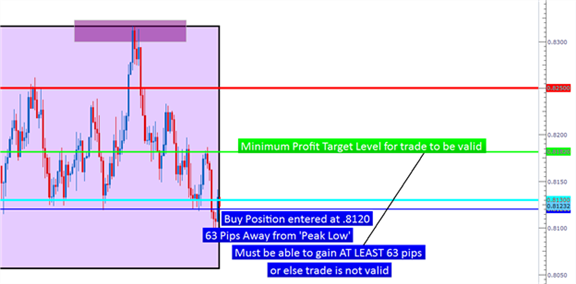In the DailyFX Traits of Successful Traders research series, the Asian-hours trading session, often called the ‘Tokyo session,’ was declared The Best Time of the Day to Trade Forex.
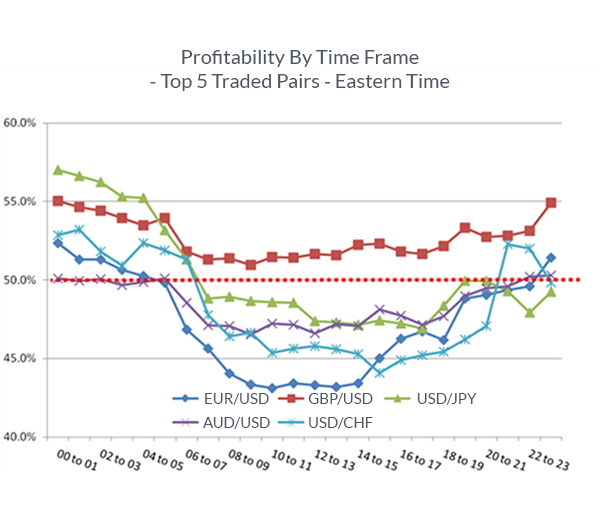
This proved surprising to many of the retail traders that we work with, as some believe the ‘Tokyo Session’ to be too slow, or too uninteresting to produce enough of a tangible result to warrant their time and efforts.
And while this period of the day in the FX market might be less volatile with fewer tectonic-type moves taking place than what may materialize during the London or US sessions, this is the period in which traders saw the best success. And by many accounts, it’s that ‘slow and low’ nature of the Asian-trading session that made it most amenable for retail FX traders, as it makes it more simple to avoid The Number One Mistake that Forex Traders Make.
The conclusion of the research was that since this was the most profitable time of day for retail FX traders, and since this period of the FX market was often accented with slower price movements of lower scale – traders would often be best served by trading ranges; as the Asian-trading session exhibited a far greater tendency to respect support and/or resistance.
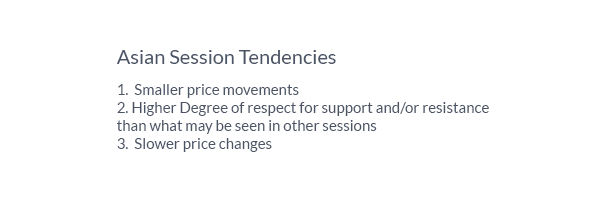 Trading Ranges with Price Action
Trading Ranges with Price ActionThe primary objective with any range-based strategy should be to simply buy-low, and sell-high.
Unfortunately, doing so isn’t always so easy.
After all, what is low, and what is high without any relative basis with which to compare?
This is where support and resistance can come into play. When price is sitting at or near support, price is at an area in which previous situations have seen demand come into the market to push prices higher. Resistance, on the other hand, is a price level in which supply came into the market to push previous tests of the same level lower.
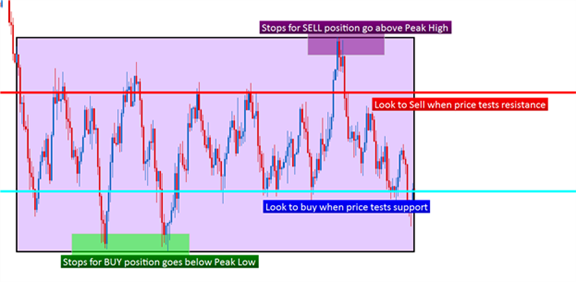
In the article, How to Analyze and Trade Ranges with Price Action, we show traders how this can be done without the necessity of any indicators at all. This system of analysis can bring an additional level of comfort in the fact that past prices have an element of validation that not all iterations of support and resistance might offer.
For instance, an S3 weekly Pivot point that has not recently seen a test at that level doesn’t technically classify as support until price approaches it. Until an intersection takes place, it’s just an arbitrary level.
With Price Action, traders are looking only at prices that have traded in the market, and thus, have received a form of validation that may not hold true with an arbitrary level of support or resistance.
Looking for confluence to Strengthen Price Action AnalysisJust because other forms of support and resistance might not be 100% consistent (such as the pivot point example above), it doesn’t mean that those levels cannot bring value.
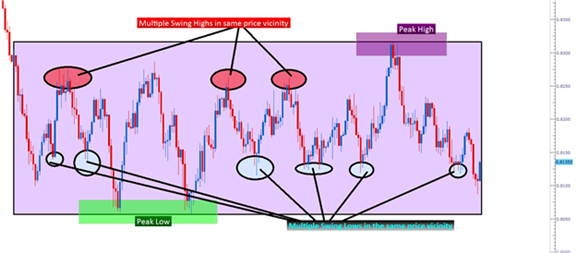
Where these levels can certainly assist traders is when they’ve been tested in the past; showing a previous ‘validation’ of that support or resistance level with a price action inflection.
An example of this is when the EURUSD moved towards 1.30 during the early portion of 2012. The price of 1.30 is a Psychological Level of Support or Resistance because it is a round, even whole number. Traders will often think, and thus, trade with these psychological values since human nature will generally think in round numbers.
Notice on the chart below, as price moved lower towards this level of support, demand for the pair quickly moved in – outstripping supply as the pair’s price ripped higher.

A second approach nearly a month later sees the same thing happen, and a third approach a month after that sees the same thing.
This is a form of validation of that price level, showing traders that this is a price that is meaningful to the market, and a price that traders can look to for support.
The Value of Trading RangesIn The Number One Mistake that FX Traders Make, David Rodriguez found that risk and reward were often the biggest culprit of trader failure; and this was often because traders would lose too much when they were wrong and make too little when they were right.
The luxury of trading ranges is the fact that IF support is broken while you are in a long position, you can look to exit the trade while mitigating the loss under the presumption that the range you were looking to take part in – is no longer being respected.
And if in a short position with a stop above resistance (looking for price to move lower to support), and price actually breaks above resistance moving higher – the trader can once again mitigate the downside by exiting the position as the range they were looking to sell may no longer be valid.
We looked at this exact premise in the article How to Identify Positive Risk-Reward Ratios with Price Action. The picture below will illustrate this concept of calculating potential risk-reward ratios given past price action:
